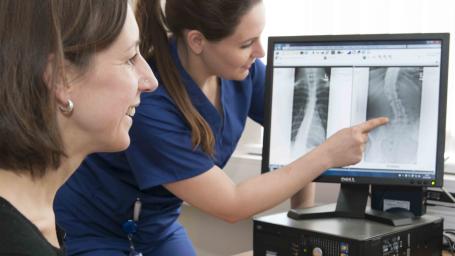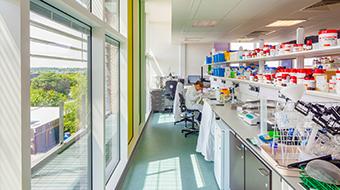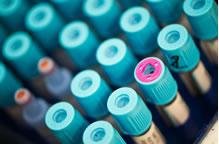Patient Bedrooms
Three-quarters of the 800 beds in the Brunel building are single rooms. The most striking feature of the single rooms is how spacious they are; each single room is 16.6sqm in floor area with the en-suite toilet and shower being 5.3sqm.
Their size means that we’ve been able to incorporate features that make nursing more efficient and this means better care for our patients. Put simply, the ample space means we’ve been able to make it easier to work.
Each 32-bed ward has 24 single rooms and two four-bed bays. We know that single rooms provide considerable benefits for patients, including control of infection, reducing risk of clinical errors (there are fewer distractions) and allowing privacy.
Each room has a wall-mounted medication cabinet, overhead tracking for a hoist, over-bed table, bedside basin, bedside cabinet and a TV. The size of the rooms allow for an electric profiling bed and reclining chair, which can also be used by visitors. A ‘smart-wall panel’ to the side of the bed-head incorporates oxygen, medical air, suction and, in some rooms, monitors. Throughout the room there are multiple power points.
Doorways are angled so that four single rooms can be observed at once and each room has an observation window.
Between each pair of rooms there is a standing perch at which staff can write up notes or enter information electronically while maintaining good observation of patients.
The main nursing stations have a drug preparation area and each has a system of tubes enabling the immediate delivery of drugs to key points. An electric call panel flashes to show the room the patient is calling from.
The 4 bed bays are single sex, spacious and have their own bathroom.
Did you know?
25% of the bedrooms will face onto the Atrium, including all of the four bed bays.

















